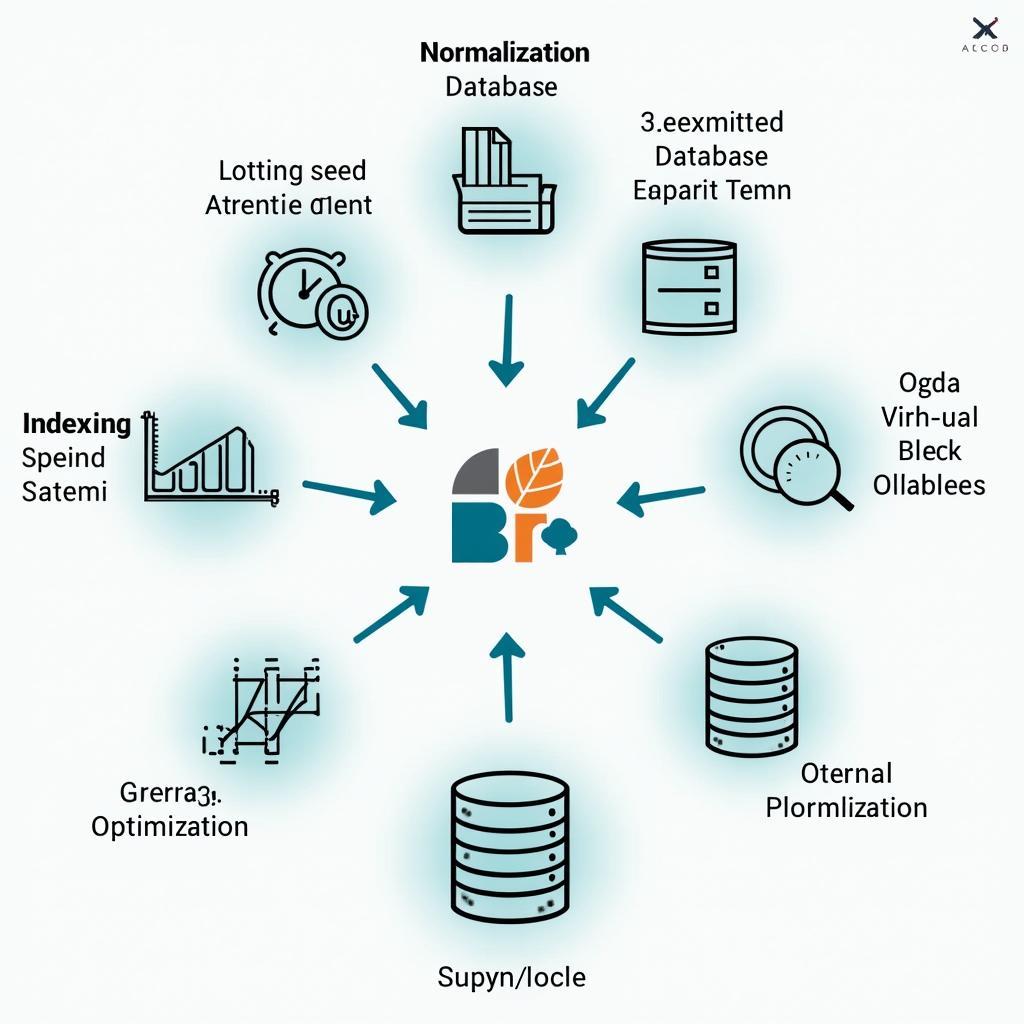A well-designed car service center database is crucial for efficient operations, accurate record-keeping, and enhanced customer satisfaction. Understanding the intricacies of Car Service Center Database Design allows businesses to streamline workflows, improve data management, and ultimately, boost profitability.
Key Components of an Effective Car Service Center Database Design
A robust car service center database must encompass several key components to ensure comprehensive data management. These components work together to provide a holistic view of the business operations, from customer interactions to inventory management.
-
Customer Information: Storing detailed customer information, including contact details, vehicle details, service history, and preferences, is essential for personalized service and targeted marketing efforts. This allows for efficient scheduling, personalized reminders, and tracking of customer interactions.
-
Vehicle Information: A comprehensive database should capture detailed vehicle information, including make, model, year, VIN, mileage, and service history. This data is crucial for accurate diagnosis, efficient parts ordering, and tracking the overall health of the customer’s vehicle.
-
Inventory Management: Tracking parts, supplies, and other inventory items is vital for ensuring efficient operations and minimizing downtime. The database should track quantities, reorder points, supplier information, and associated costs.
-
Service Records: Maintaining detailed records of all services performed, including date, time, technician assigned, parts used, and labor costs, is essential for tracking performance, identifying trends, and providing accurate billing. This also allows for easy access to historical data for warranty claims and customer inquiries.
-
Employee Information: Storing employee information, including contact details, certifications, specializations, and work schedules, helps in managing human resources and assigning tasks efficiently. This also enables tracking of technician performance and identifying training needs.
Optimizing Your Car Service Center Database for Performance
Beyond the core components, optimizing the database for performance is essential for efficient data retrieval and analysis.
-
Data Normalization: Implementing proper data normalization techniques minimizes data redundancy and ensures data integrity. This results in a more efficient and reliable database.
-
Indexing: Creating indexes on frequently queried fields improves the speed of data retrieval, resulting in faster query execution and improved overall performance.
-
Regular Backups: Regular database backups are essential for disaster recovery and data protection. This ensures business continuity in case of unforeseen events.
-
Security Measures: Implementing robust security measures, such as access control and encryption, protects sensitive data from unauthorized access and maintains data integrity.
 Database Performance Optimization Techniques Diagram
Database Performance Optimization Techniques Diagram
Choosing the Right Database Management System (DBMS)
Selecting the right DBMS is crucial for the success of your car service center database. Several factors should be considered, including scalability, cost, features, and support.
-
Scalability: Choose a DBMS that can scale to accommodate future growth and increasing data volumes.
-
Cost: Consider the total cost of ownership, including licensing fees, hardware requirements, and maintenance costs.
-
Features: Evaluate the features offered by different DBMSs, such as data warehousing capabilities, reporting tools, and security features.
-
Support: Ensure that the chosen DBMS has adequate vendor support and a strong community to assist with troubleshooting and maintenance.
Benefits of a Well-Designed Car Service Center Database
A well-designed car service center database offers numerous benefits, including:
-
Improved Efficiency: Streamlined workflows and automated processes improve overall operational efficiency.
-
Enhanced Customer Service: Access to comprehensive customer and vehicle data enables personalized service and faster response times.
-
Better Decision Making: Data-driven insights and reporting tools facilitate informed decision-making and strategic planning.
-
Increased Profitability: Efficient operations and improved customer satisfaction contribute to increased profitability.
Conclusion
A well-designed car service center database is an invaluable asset for any automotive business. By following the guidelines outlined in this article, you can create a robust and efficient database that supports your business goals and enhances customer satisfaction. A well-structured database design is fundamental to the success of a modern car service center.
FAQ
- What are the key tables in a car service center database?
- How can I optimize my car service center database for performance?
- What are the benefits of using a cloud-based database for a car service center?
- How can I ensure the security of my car service center database?
- What are the best practices for data backup and recovery in a car service center database?
- How can I integrate my car service center database with other business applications?
- What are the different types of database management systems available for car service centers?
For further assistance, you can refer to our articles on standalone java application code for car service centre and car service center er diagram with explanations. These resources provide practical examples and in-depth explanations that can help you implement an effective database solution.
Need more help? Contact us via WhatsApp: +1(641)206-8880, or Email: [email protected]. Our customer support team is available 24/7.

